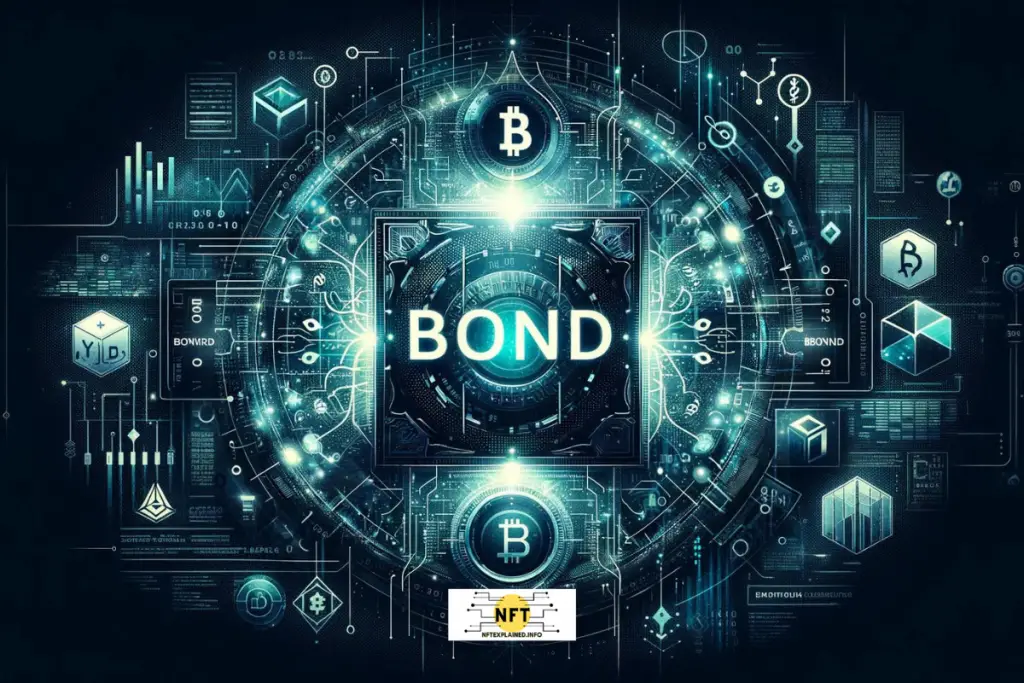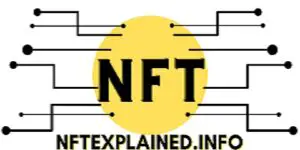
In an era where technology and finance are becoming more and more intertwined, blockchain bonds emerge as a groundbreaking innovation, offering a more efficient, transparent, and accessible way to invest. This guide demystifies how the blockchain is revolutionizing the bond market for investors and issuers alike.
Leveraging smart contracts, blockchain bonds represent a significant leap forward by eliminating traditional intermediaries. This not only cuts costs for issuers but also opens up investment opportunities to a wider audience, making the process more transparent and efficient than ever before.
Blockchain bonds disrupt traditional finance by automating the bond issuance and management process through the use of smart contracts or blockchain based code.
In the traditional financial markets, the bonds issuer or the corporation receiving the money, is almost always the one paying for intermediaries such as clearing houses. Bonds on the blockchain eliminate the need for those intermediaries – let’s examine how this is possible.
Smart contracts ensure terms are executed precisely as agreed, enhancing security and trust. This blockchain based code created automation that reduces the need for manual intervention, thereby minimizing errors and potential fraud.
For example, the smart contract could be set to distribute interest payments to lenders each calendar quarter. This would eliminate the need for a corporation to do this work and therefore make the entire bond issuance process both cheaper and more efficient.
If you prefer to learn by watching, check out our full video detailing this entire process – here.
Blockchain Bonds: Cost Reduction & Tradability From Tokenization
Traditional bonds, while reliable, involve complex processes and multiple intermediaries, leading to higher costs and limited access. Blockchain bonds streamline this, offering a direct connection between issuers and investors through smart contracts on blockchain platforms like Ethereum.
This transition not only reduces fees but also democratizes access to investment opportunities. In the traditional financial markets, bonds are investment instruments only available to qualified institutional buyers and those with an enormous sum of money.
By tokenizing each bond, fractional ownership is created; therefore, retail investors have access to the market. Each investor can trade their tokens on the secondary market and small portions can now easily be sent among blockchain wallets. What was previously only available to large corporations become widely tradable and accessible.
How Do Blockchain Bonds Work?
At the core of blockchain bonds are smart contracts that automatically execute bond terms, such as interest payments and principal repayment. These terms are coded into the smart contract and can be set to automatically execute once specific conditions are met.
While having the transaction occur on the blockchain provides a clear audit trail as each movement of money is clearly displayed on the distributed ledger, the real benefits come from smart contracts.
Smart contracts can be thought of as a vending machine as they allow the execution of certain developments once specified conditions have been met. For example, the smart contract could be programmed as follows: each lender holding tokens that represent ownership of the bond receives interest on x date.
Furthermore, the smart contract code needed for this would likely be relatively non complex as each wallet could be scanned to determine the amount of tokens held. This code could allow interest to be distributed pro rata based on the number of tokens held.
In addition, this development could be done on a private blockchain where the number of users and wallets transacting are minimal, allowing for an even easier smart contract deployment.
For a more detailed breakdown, with additional benefits, blockchain bonds bring to the table – along with the downsides, click here.
Case Study: Financing Projects through Blockchain Bonds
Let’s focus on a case study to illustrate how blockchain bonds work.
By issuing bonds via smart contracts, the issuing company gains access to capital while offering investors a transparent and secure investment opportunity.
A company looking to raise $10 million, could issue tokens – each valued at $1,000, meaning there will be 10,000 tokens available for purchase. The smart contract could be programmed to track the bondholders’ wallets and token amounts, rewarding them at specified intervals.
The investors or those who hold the bond tokens could trade and transfer the asset like traditional cryptocurrencies, depending on the terms of the bond. This allows for a more liquid investment while allowing more people to participate.
Blockchain bonds stand at the forefront of financial innovation, promising to transform the investment landscape with their enhanced accessibility, lower costs, and increased transparency. As the technology matures, the potential for blockchain to redefine traditional financial processes and make investing more inclusive is immense.
I hope you found this article informative and continue to stay informed with NFT Explained. You can find us on YouTube & Instagram.
If you found value in our content or wish to support our educational mission, you can collaborate with our partners by utilizing these affiliate links: Purchase a Ledger hardware wallet!

